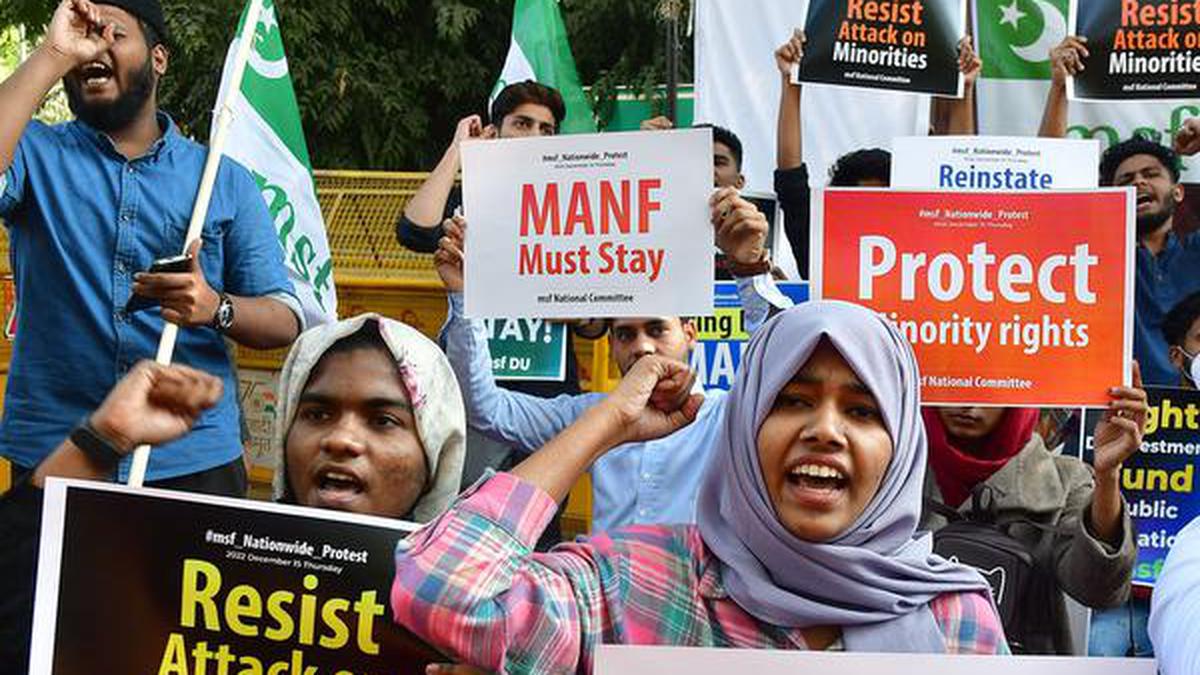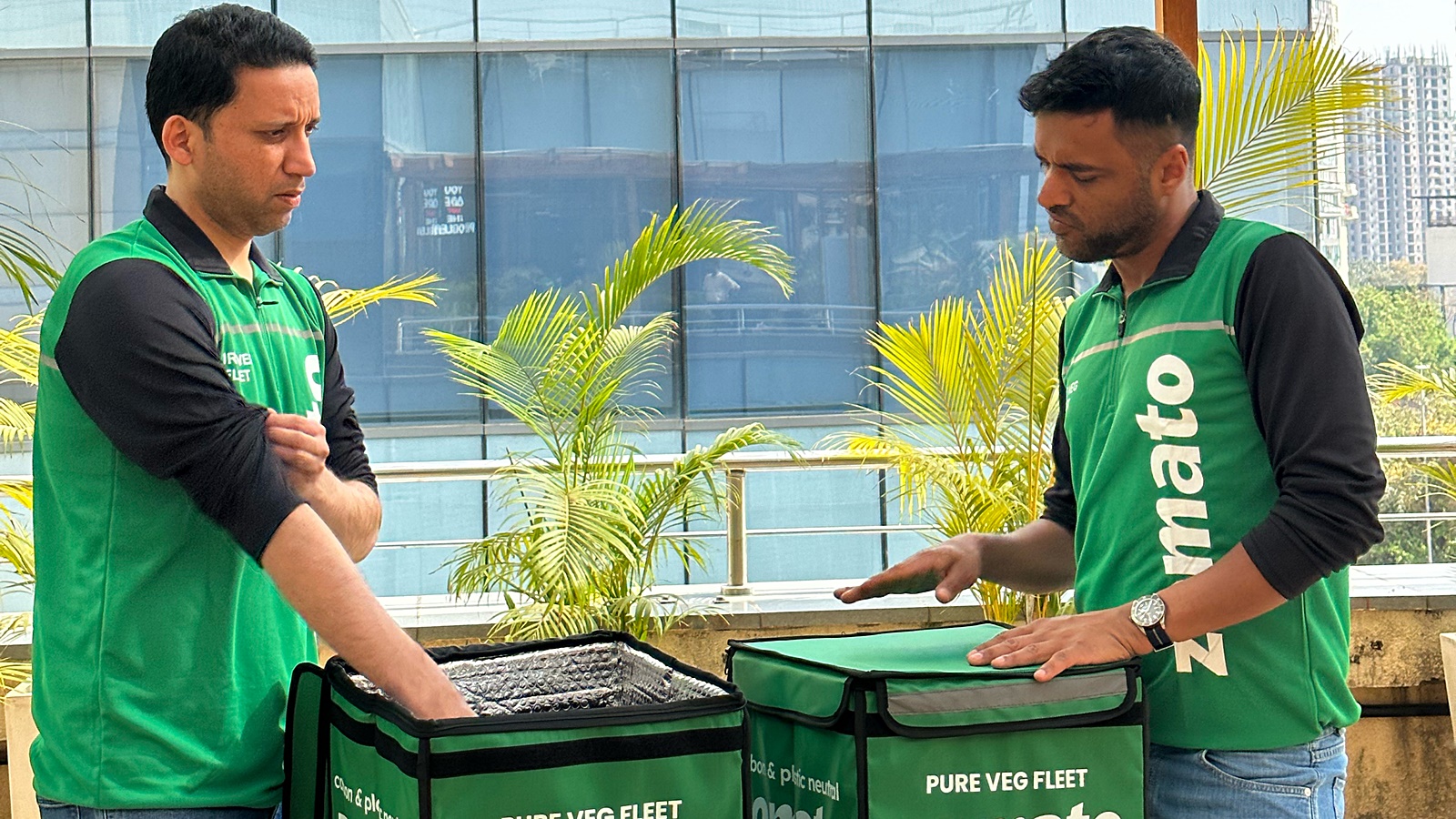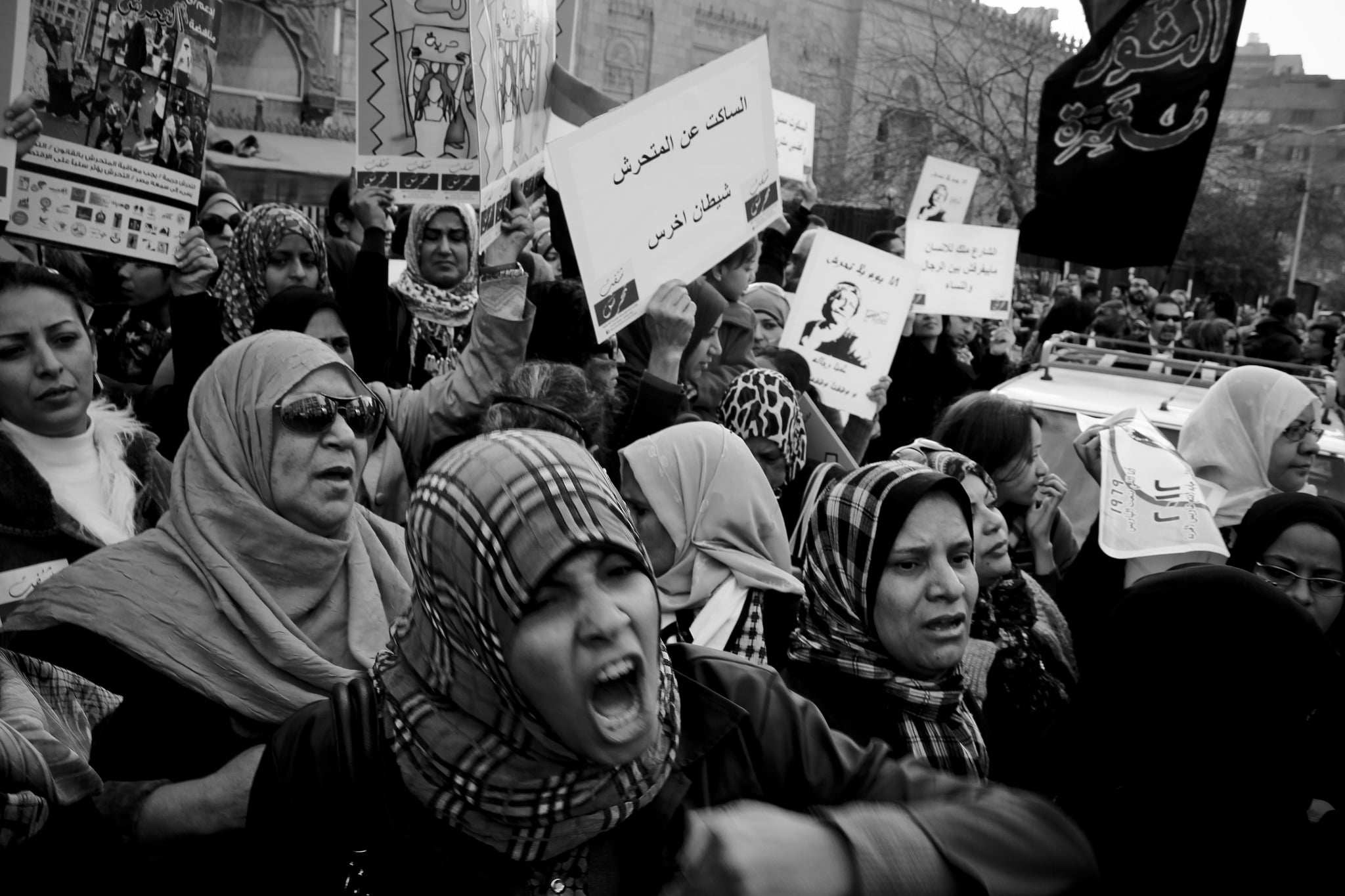Posted by Ila Kazmi and Hasan Akram
Filled with the stink of the filthy water flowing through open watercourses, madrassa wali lane is not any different from other narrow lanes located in Masjid wali street, Chandan Holla, New Delhi. On the right side, two buffaloes tied up with tight ropes, look up and on the left side, some women are sitting on the ground sharing their daily chores. Just a little further, there is a small whitewashed gate on which ‘Jamiatus Swalihat’ (seminary of righteous girls) is written in bold Arabic calligraphic style. Through this gate, we enter the seminary (madrassa) to explore a different kind of life, hidden to the outside world.

Almost 60 female students from the age group of 8-18 live inside the small building of the madrassa which includes two halls and four rooms. In the morning, classes are organized in these halls and rooms. After the classes get over, the same places become a living space where the girls rest, chit chat and play.
Also read: Government Degree College, Baramulla Cares More About Women’s Izzat Than Their Education
Like many other girls’ madrassas, this madrassa also follows the rules that confine Muslim girls within four walls. They are not allowed to go outside. Unless any of girl’s family members come to accompany her, she cannot cross the door. They are also not supposed to keep mobile phones with themselves. As per the rule, every student is given an option to call once a week from the cell phone of the principal Najmun Nesa. In this confined place, stairs and roof are the freedom square of the girls.
Alisha sits along with some friends at the stairs and chitchats with them. When she finds one of us there, she says, “This is our parking lot.” After classes get over, girls take on the roof where some of them play Kho Kho, badminton and hopscotch, while some get busy doing exercise or some just saunter around.
“It is good to be on the roof. It feels like an open world here de devoid of any confines.” Alisha says with a discernible smile donning her face.

At the madrassa, girls wake up early morning to perform prayers. “After the morning prayer, a session is organized where we are preached to behave well with elders, lower our gaze, perform prayer five times a day and do purdah as well”, Shama explains. Shama adds that her father was inspired by these moral teachings and therefore, he sent them to this madrassa.
morality teaching is a common factor which motivates the economically weak Muslim parents to send their daughters to a madrassa.
Although, morality teaching is a common factor which motivates the economically weak Muslim parents to send their daughters to a madrassa. But when these girls go back home they want to have all the fun they were deprived of, at the madrassa.
Sumaiyya and Shama, the two sisters enrolled here, get access to their mobile phones whilst they are home. “We start fighting over mobile phone at home and I often get beaten by Shama”, Sumayya says. She adds, “I watch dramas such as Naagin and movies like Sanam Teri Qasam, etc.”
Adding to this, Alisha says “I use Facebook at home”

In this madrassas classes are organized from 07:00 am to 12:30 pm. After the classes get over, the girls go for midday prayers. Then, they have lunch some students rest while some spend time chit chatting and playing with each other.
According to Principal Najmun Nesa, Qura’an, sayings of Prophet Mohammad (Hadith), jurisprudence and Qura’an’s commentary are some of the theological subjects taught in the madrassa. Along with these subjects, English, Hindi, Science and Social Science are also taught to them.
Earlier these subjects were not in the cirruculum. “The students give matric and intermediate examinations from National Institute of Open Learning (NIOS). That’s why we have added these subjects (English…Social Sciences) in our curriculum,” Nesa explains.
On the completion of five jama’ats/classes, girls are certified as Alima, Islamic cleric, which means that they are equipped with the knowledge to guide people on Islamic path.
According to Farheen, the madrassa graduate, most of her classmates in the madrassa, are now living domestic lives.
By that time, they also have intermediate certificate from NIOS, they have an option to continue education in mainstream colleges/universities.
However, most of these girls find it difficult to make a career out of their domestic lives. “Poverty and the social confines are the major factors which stop these madrassa girls to get educated in mainstream”, says Farheen Naaz, a madrasssa graduate and currently PG student at Jamia Millia Islamia.
Most of the girls we met in this madrassa ‘Jamiatus Swalihat’, want to become Alimas, Islamic scholars, but the scrutiny is that there is no active role for female Islamic scholars in Muslim society. Then, what role will these girls play?

The question arises here, can this madrassa education makes any difference in the lives of the girls? According to Farheen, the madrassa graduate, most of her classmates in the madrassa, are now living domestic lives. Many of them are married. But no one is playing any active role anywhere. “Their life is not any different from any common girls”, She said.
Despite all these things, like Farheen a little number of these madrassa girls make it to mainstream education institutes after passing out from the madrassa in a bid to change their lives.
Sumayya and Shama, the two sisters, enrolled in the madrassa Jamiatus-Swalihat, want to become lawyer and doctor respectively. Sumayya says “Our mother has allowed us to pursue law/medical courses after passing out from here.”
Also read: Is Sexuality Education Against Indian Culture? | #WhyCSE
Our journey to the madrassa left us with more questions than answers. We returned with unfinished stories of Shama, Sumayya, Alisha and others, asking ourselves if Alisha will have a choice to go to a real park? When Shama and Sumayya will be free to use mobile phones? What role will most of these girls play as Alimas, Islamic scholars, when Muslim society has no role for female Islamic scholars? How life will be any different for them?
Ila Kazmi and Hasan Akram are media scholars from AJK Mass Communication Research Center, Jamia Millia Islamia. They have made a documentary film titled ‘Swalihat: The Righteous Girls’ representing the lives of the girls living in the madrassa ‘Jamiatus Swalihat’, New Delhi. You can follow Ila Kazmi and Hasan Akram on Twitter.
Image Credits: Ila Kazmi




